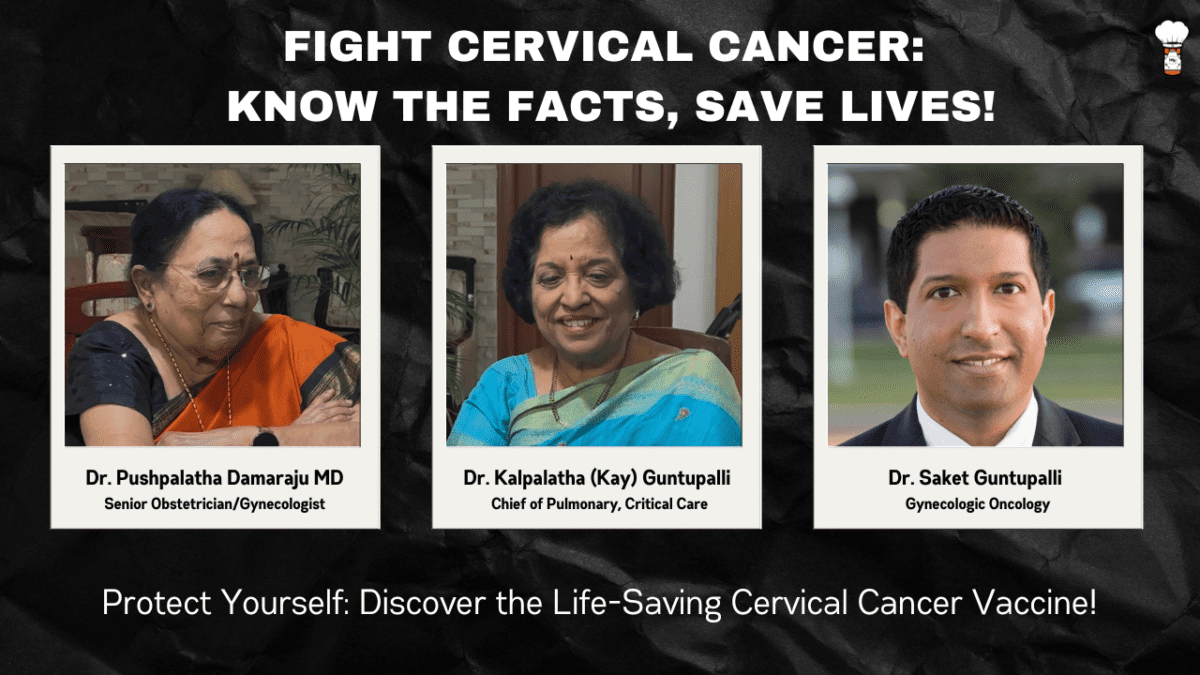The video “Cervical Cancer Early Signs & Prevention in the USA: Expert Insights on HPV & Screening” is a comprehensive and enlightening resource on cervical cancer, featuring insights from top medical experts. Hosted in recognition of Cervical Cancer Awareness Month, the video delves into the early warning signs, prevention strategies, and the global differences in the prevalence of cervical cancer.
Dr. Sake, from Denver, USA, discusses the Western perspective, including risk factors like HPV infection, which can lead to cervical cancer when not cleared by the body. In contrast, Dr. Pushpalata, a senior gynecologist from Hyderabad, India, provides insights into the rising prevalence of cervical cancer in India, where cultural and lifestyle factors contribute to the higher incidence compared to the US.
The video highlights that cervical cancer is largely preventable, thanks to vaccines targeting HPV, which is a leading cause. These vaccines, now widely available around the globe, have proven 90-95% effective in preventing both precancerous conditions and cervical cancer itself. Despite their effectiveness, the HPV vaccine uptake remains low in the US, whereas countries like Australia have achieved almost total eradication of cervical cancer through comprehensive vaccination programs.
Key prevention strategies emphasized include regular screenings such as Pap smears and HPV testing, healthy lifestyle choices like abstaining from smoking, and engaging in safe sex practices to reduce HPV exposure. Additionally, early detection and treatment dramatically improve prognosis, with early-stage cervical cancer being highly treatable through surgery and, if necessary, chemotherapy and radiation.
The experts underscore the importance of education and government initiatives in raising awareness and accessibility to preventive measures like vaccination. In India, government and educational programs are crucial in promoting these measures, even in remote areas. The dialogue concludes with an optimistic view of the future reduction in cervical cancer cases due to improved preventive strategies and awareness efforts.
This video serves as both an educational tool and a call to action, encouraging women and healthcare providers worldwide to enhance their awareness and engage in preventive healthcare practices, ultimately aiming to reduce the global burden of cervical cancer.

